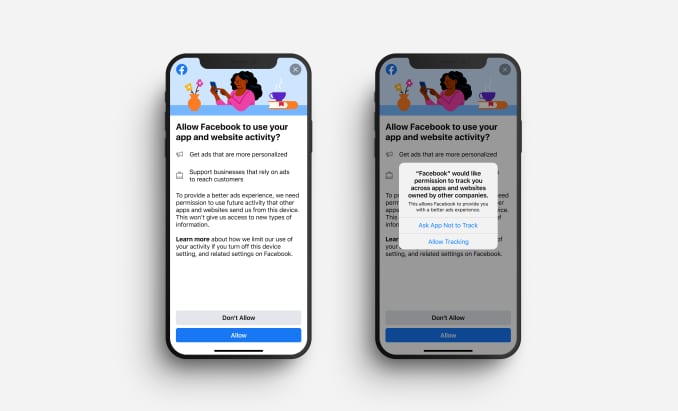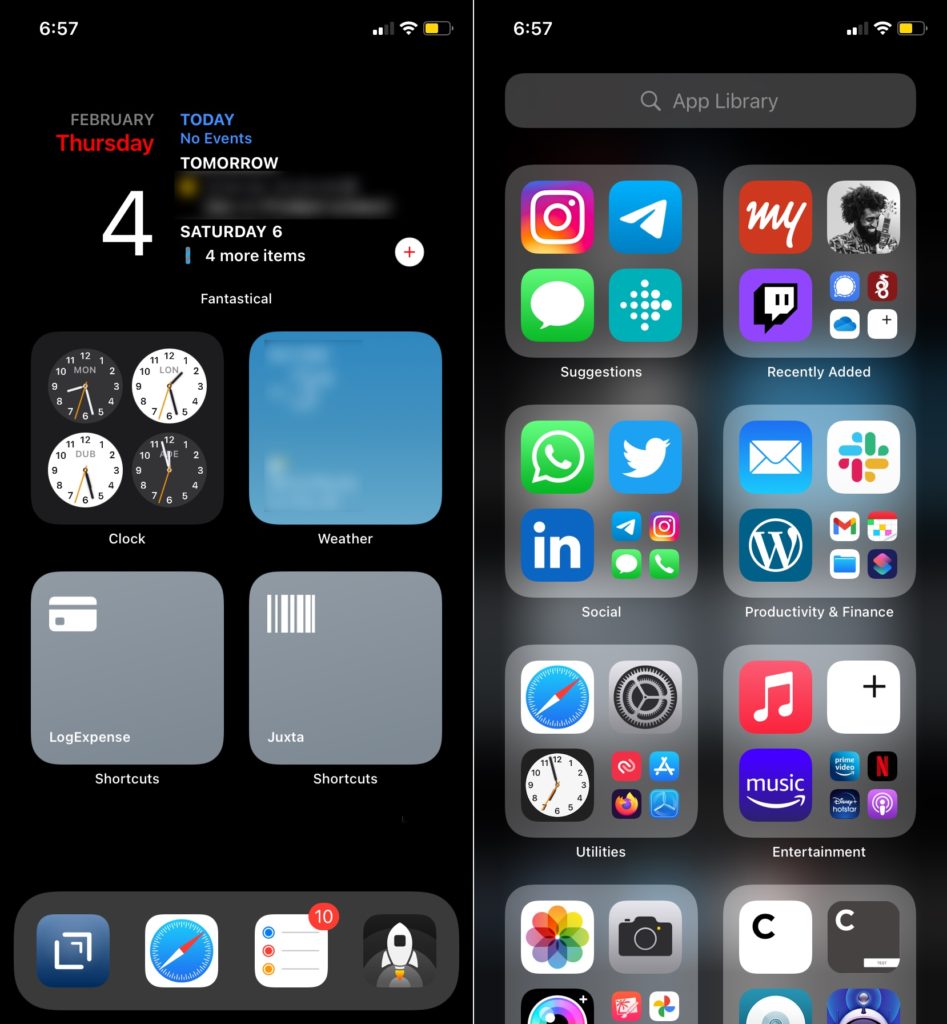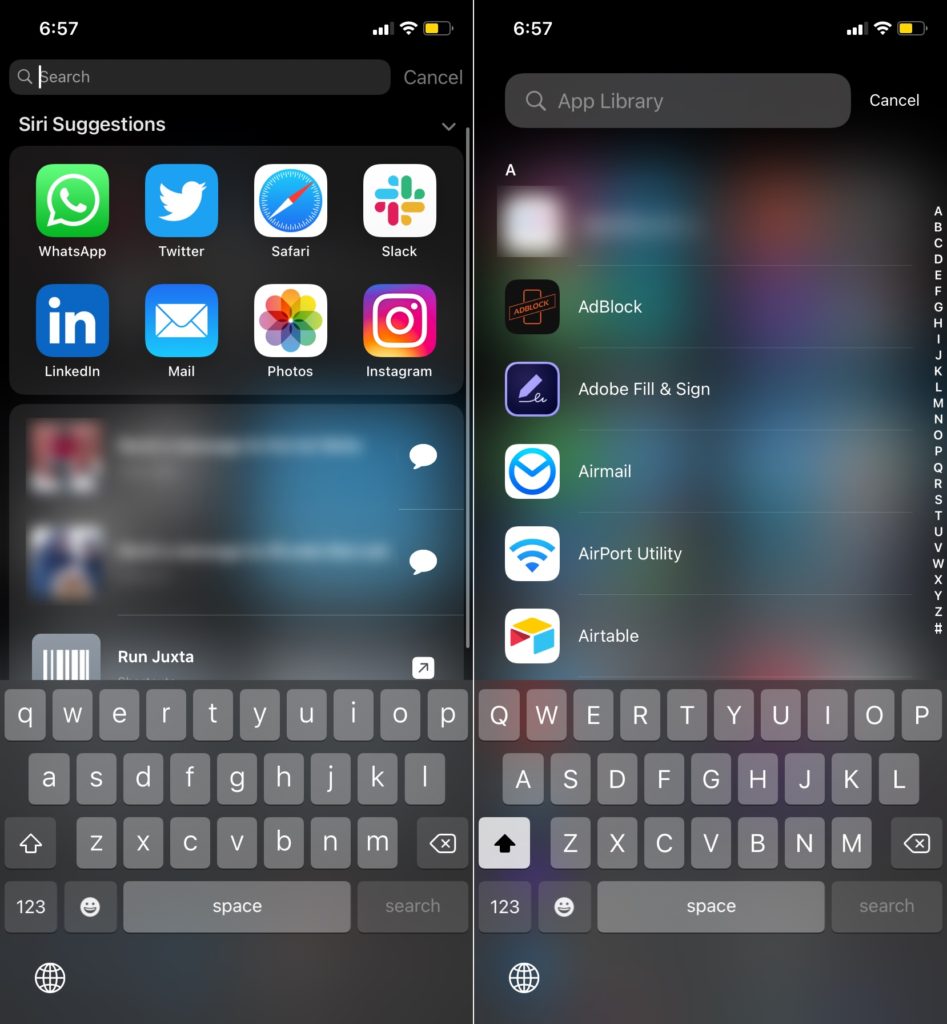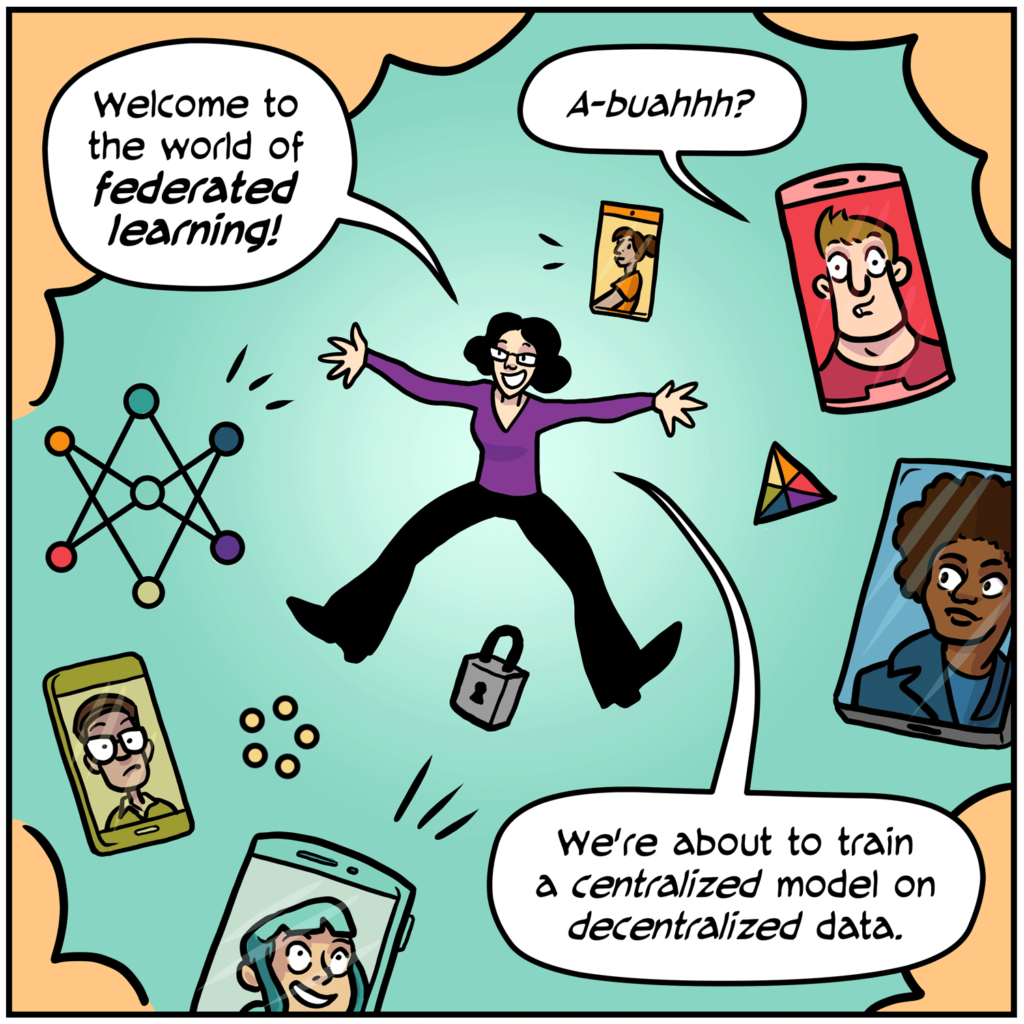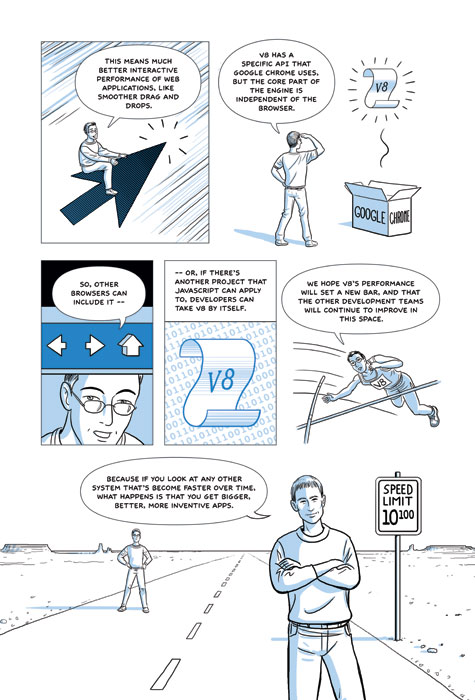The question is not how we can evolve towards a circular economy, but instead why we continue to evolve away from it.
– “How and why I stopped buying new laptops“
The writer makes several solid points about using old, used machines. I’m am no stranger to this way of thinking. I use a nine year old Macbook Pro and a ten year old Macbook Air as my main laptops. Both, especially the Pro, have had several components upgraded and work more than well for my needs.
The most important part is the writer’s reflection on why his behaviour is the exception, not the rule
Although capitalism could provide us with used laptops for decades to come, the strategy outlined above should be considered a hack, not an economical model. It’s a way to deal with or escape from an economic system that tries to force you and me to consume as much as possible. It’s an attempt to break that system, but it’s not a solution in itself. We need another economical model, in which we build all laptops like pre-2011 Thinkpads. As a consequence, laptop sales would go down, but that’s precisely what we need. Furthermore, with today’s computing efficiency, we could significantly reduce the operational and embodied energy use of a laptop if we reversed the trend towards ever higher functionality.
Significantly, hardware and software changes drive the fast obsolescence of computers, but the latter has now become the most crucial factor. A computer of 15 years old has all the hardware you need, but it’s not compatible with the newest (commercial) software. This is true for operating systems and every type of software, from games to office applications to websites. Consequently, to make laptop use more sustainable, the software industry would need to start making every new version of its products lighter instead of heavier. The lighter the software, the longer our laptops will last, and we will need less energy to use and produce them.
These are all sensible points. The tech industry’s incentives have evolved to a point where this sort of thinking is quaint, even naive. New machines – phones, tablets, smart watches, headphones – are expected to have annual refreshes, and companies will be punished by the ‘market’ if they don’t abide.
I’d like to see a company shift their business model to one where they only released a phone every three years, but had such a strong, sticky subscription model around it for annual revenue.
Subscriptions are hard to pull off but not terribly difficult to imagine. Apple and Google both have successful subscription models around their devices. That their scale is such that they have to release new phones and increase sales every year could arguably be their weakness, not always a strength.
Apple and Google and other gadget giants are on a treadmill; an upstart need not.
End note: I think there was a point in 2013-14 when Xiaomi came close – at least outside of China they had a large yet closely-knit community, a small set of excellent phones and accessories, and their innovative, well-designed (although in many cases copied) software. They’ve since become like every other phone manufacturer.




